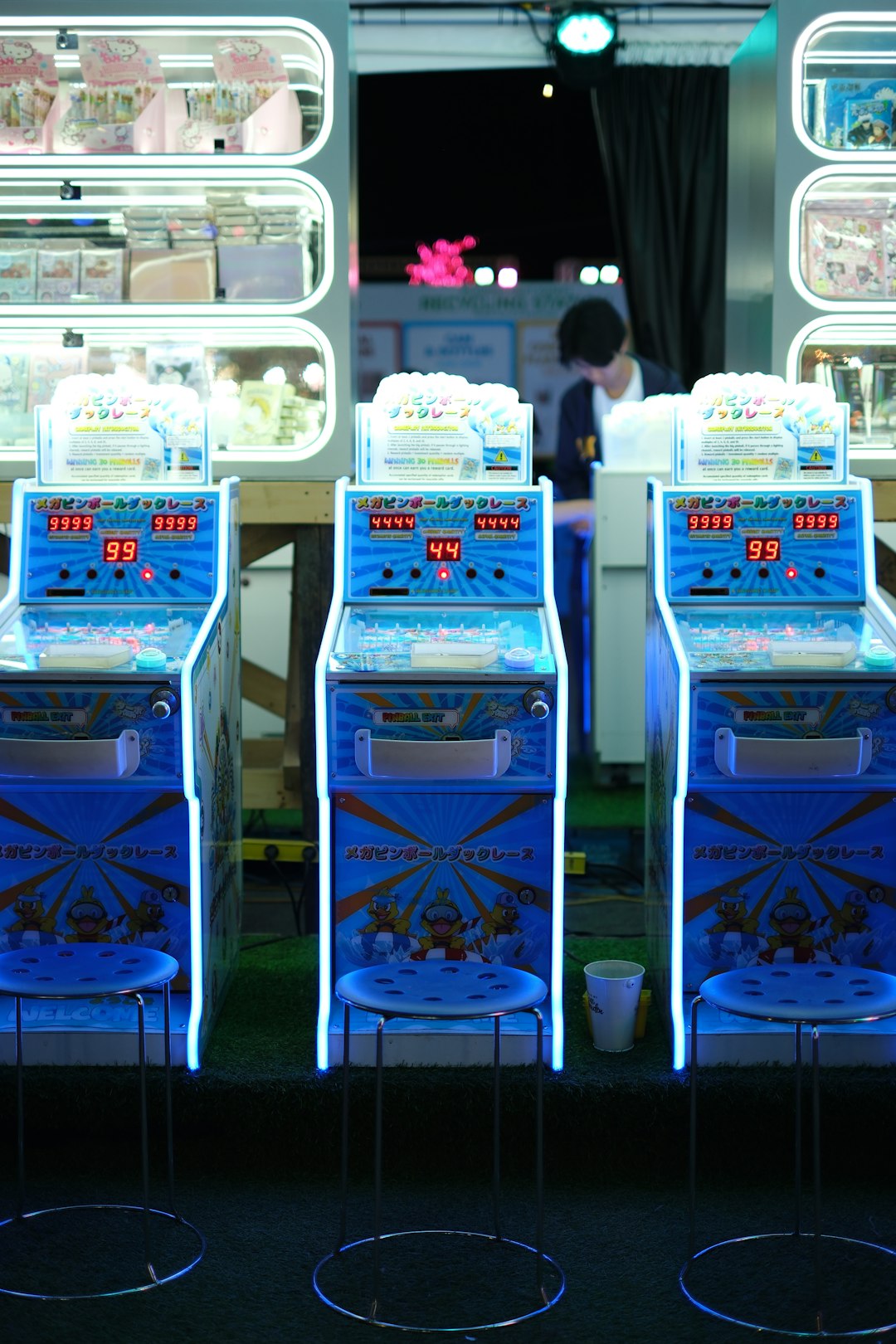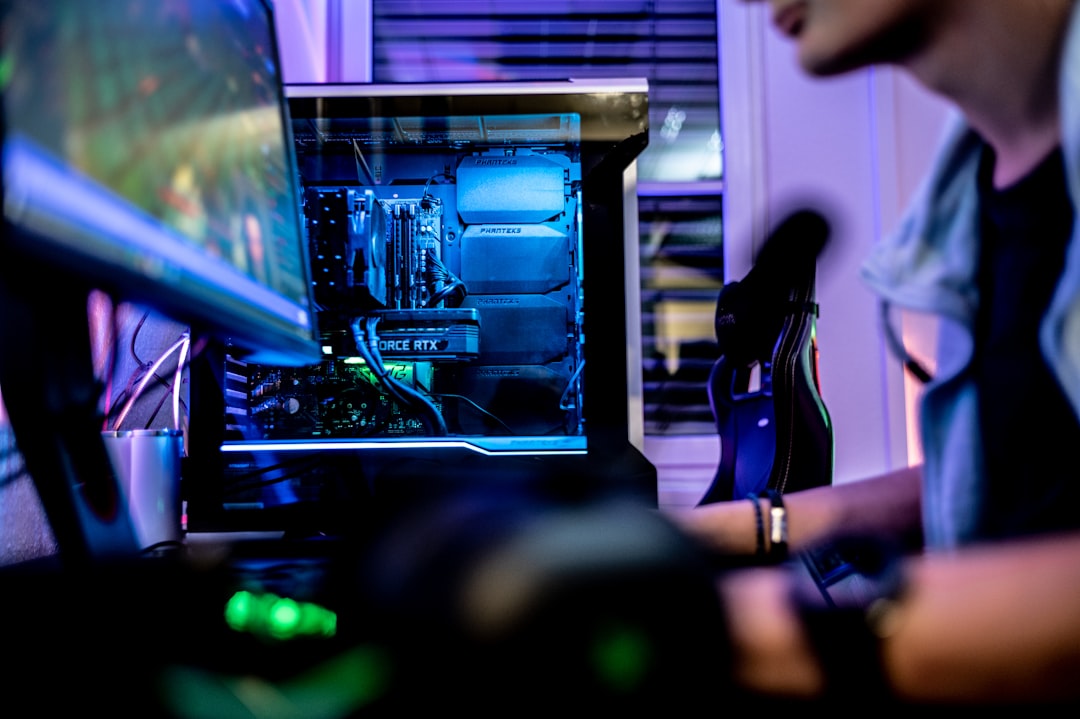For many fans of Japanese video games, language and regional restrictions can feel like insurmountable barriers. Thankfully, modern emulation solutions such as the Dolphin Emulator have made it possible to play Japanese video games from consoles like the Nintendo GameCube and Wii on a PC or other compatible devices. While the process may seem daunting to newcomers, with the right guidance and tools, you can enjoy these games smoothly. This article outlines everything you need to know to get started.
Why Use Dolphin Emulator?
The Dolphin Emulator is an open-source emulator that offers robust performance and excellent compatibility with Wii and GameCube games. It allows you to play games at higher resolutions, use save states, and enjoy features such as controller remapping and texture pack enhancements.
Many Japanese games never receive official localization for Western audiences. Dolphin Emulator offers an accessible way for gamers to experience these titles regardless of their region of origin.
Getting Started
Before diving into the steps, it’s essential to ensure that your system meets the technical requirements for running the Dolphin Emulator. The emulator works best on modern hardware, including processors with strong single-threaded performance and discrete GPUs for smooth graphical rendering.
Key Requirements:
- Operating System: Windows, macOS, or Linux
- Memory: At least 2GB of RAM (4GB or more recommended)
- Processor: Dual-core processor with high clock speed
- Graphics: GPU with OpenGL 3 support or higher
Once you’ve confirmed your system compatibility, follow these steps to start playing Japanese games on Dolphin Emulator.
Step-by-Step Instructions
1. Download and Install Dolphin Emulator
Visit the official Dolphin Emulator website to download the latest stable version or a development build. Installing the emulator is straightforward and doesn’t require advanced technical knowledge—just follow the on-screen prompts.
2. Obtain Japanese Game Files
To play Japanese games, you need legally obtained game files (commonly referred to as ISOs or WBFS files for Wii games). You can rip game files from your physical discs using compatible hardware and software tools, such as a Wii console with Homebrew installed.
Note: Downloading game files from unauthorized sources is illegal and not recommended under any circumstances.
3. Adjust Regional Settings
Some Japanese games may behave incorrectly or fail to run if the Dolphin Emulator’s default settings are configured for a different region. To address this:
- Open the Dolphin Emulator and access the Config settings.
- Under the General tab, set the “Default ISO Region” to Japan.
- Click OK to save your changes.

4. Configure Game Controls
Dolphin Emulator supports various input devices, including mouse and keyboard, controllers, and even Wii MotionPlus accessories. If you prefer an authentic experience playing Japanese games, you might want to use a Wii Remote or a GameCube controller.
Set up your controls by navigating to Controller Settings in the Dolphin Emulator, then map inputs according to your preference.
5. Install Fan Translations (Optional)
For non-Japanese speakers, navigating a fully Japanese interface can be challenging. Some communities have developed unofficial fan translations for popular Japanese games. These translations often come in the form of patches that you can apply to your game files. Here’s how:
- Search for a translation patch specific to your game.
- Use tools such as xdelta or ROM patching utilities to apply the translation to your game file.
Important: Be sure to back up your original game file before applying any patches.
6. Launch Your Game
Navigate to the game file within Dolphin Emulator and double-click it to start. You can adjust emulator settings, including resolution, aspect ratio, and graphical enhancements, for the best experience.

Enhancing Your Experience
Beyond simply playing the games, Dolphin Emulator offers a host of features to elevate your experience:
- Save States: Save your game progress at any point and load it instantly.
- HD Textures: Use community-created texture packs to upgrade in-game visuals.
- Cheat Codes: Enable cheats to unlock special features or customize your gameplay.
Experiment with the emulator’s settings to find the best combination for smooth performance and enjoyable gameplay.
Common Issues and Troubleshooting
If you encounter issues while playing Japanese games on Dolphin Emulator, here are some common strategies for troubleshooting:
- Ensure you’re using the latest version of Dolphin Emulator.
- Double-check that your game file is not corrupted or incomplete.
- Verify that your regional settings in the emulator are properly configured.
- Reduce graphical enhancements if your device is struggling to maintain smooth performance.
If problems persist, the Dolphin Emulator community forums and Discord channels are excellent resources for support and advice.

Conclusion
Playing Japanese games on Dolphin Emulator opens up access to a treasure trove of unique and culturally rich experiences previously unavailable to non-Japanese gamers. With careful setup, the right hardware requirements, and optional translation patches, you can dive into these incredible games without the need for specialized consoles or language skills. Don’t hesitate to explore all the customization options Dolphin provides to tailor the experience to your liking.
Enjoy your journey into the world of Japanese gaming!




